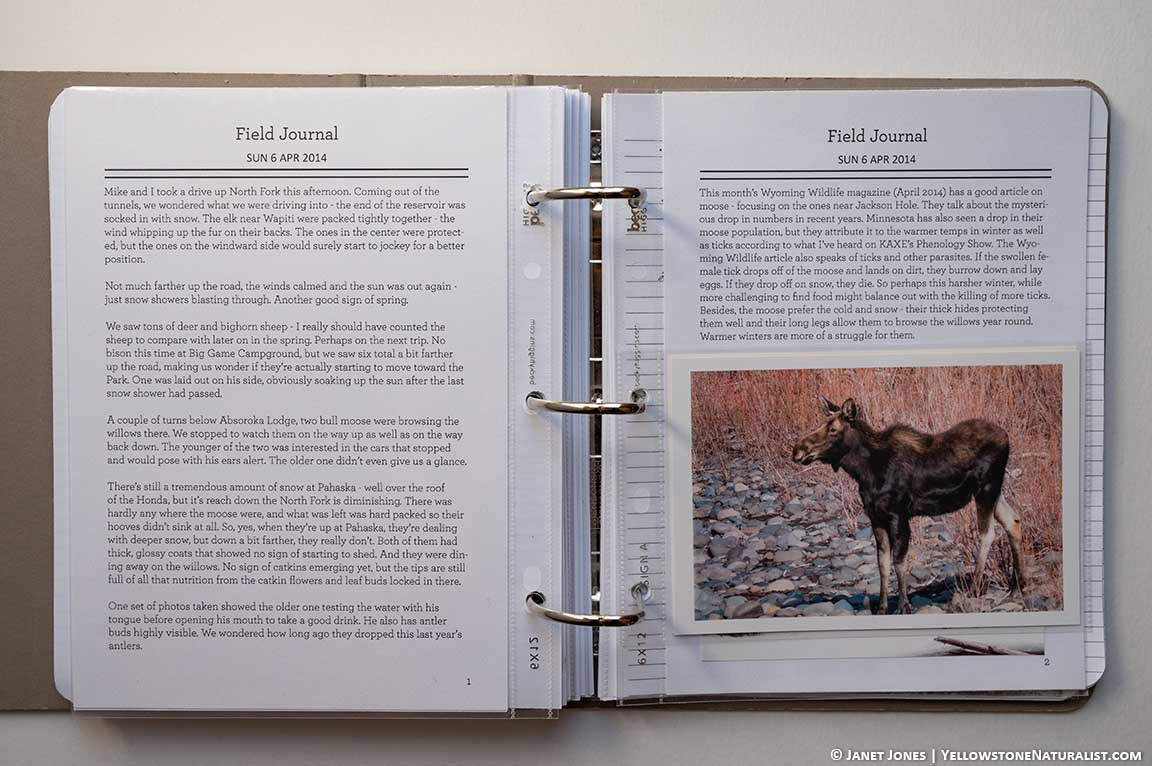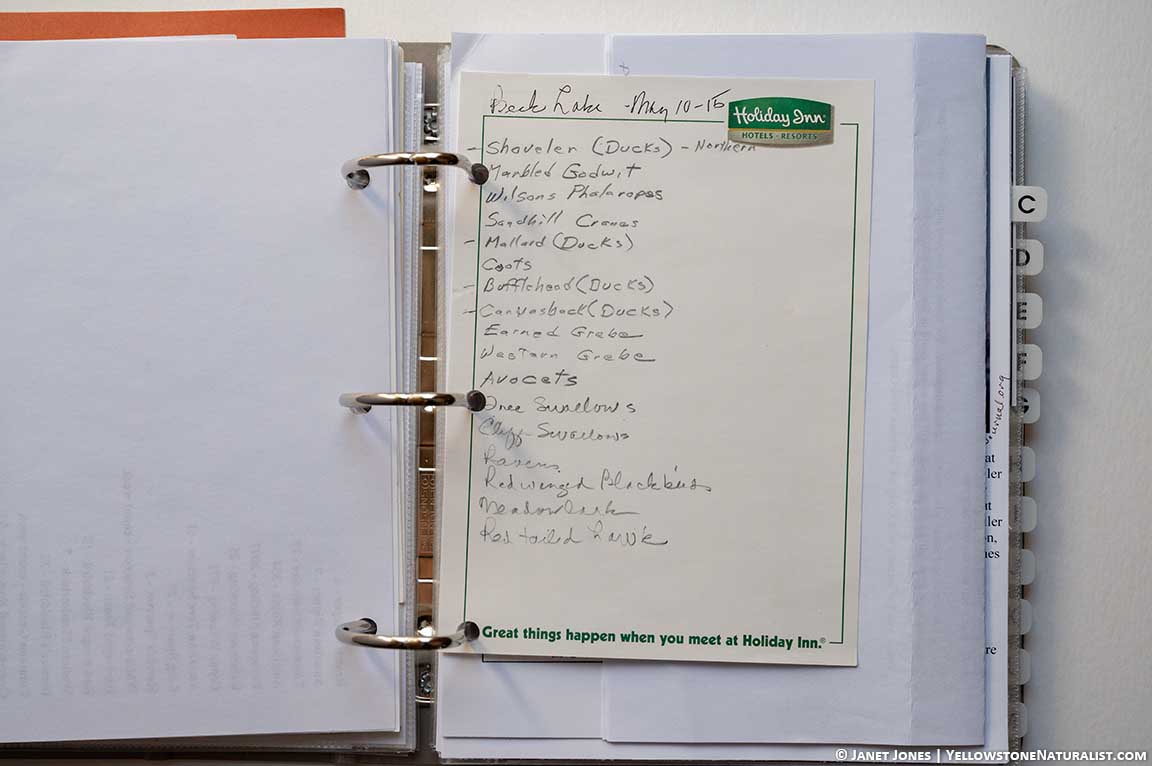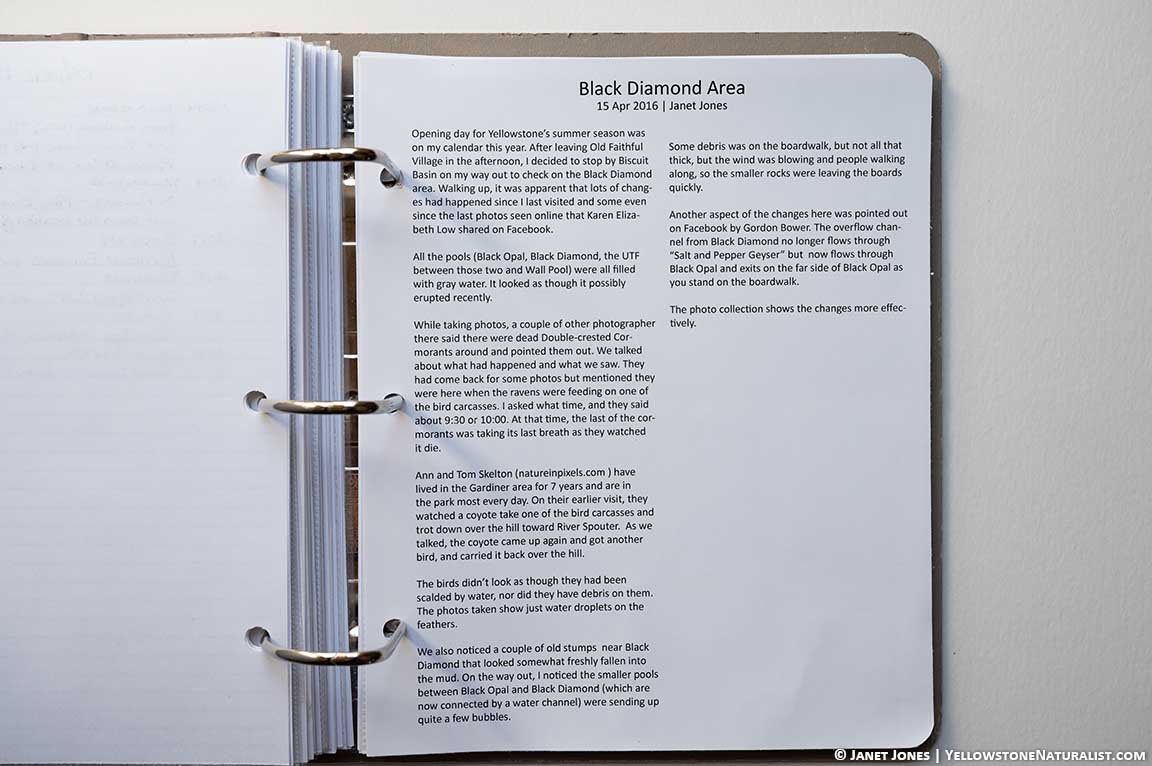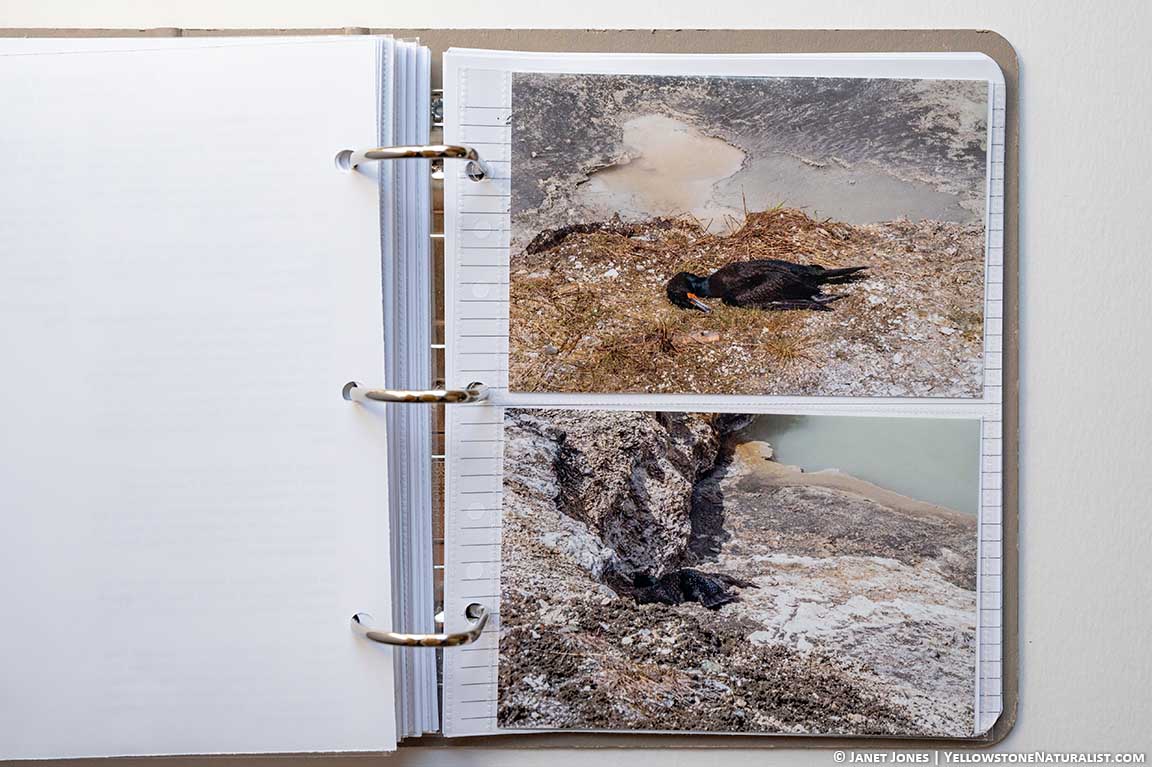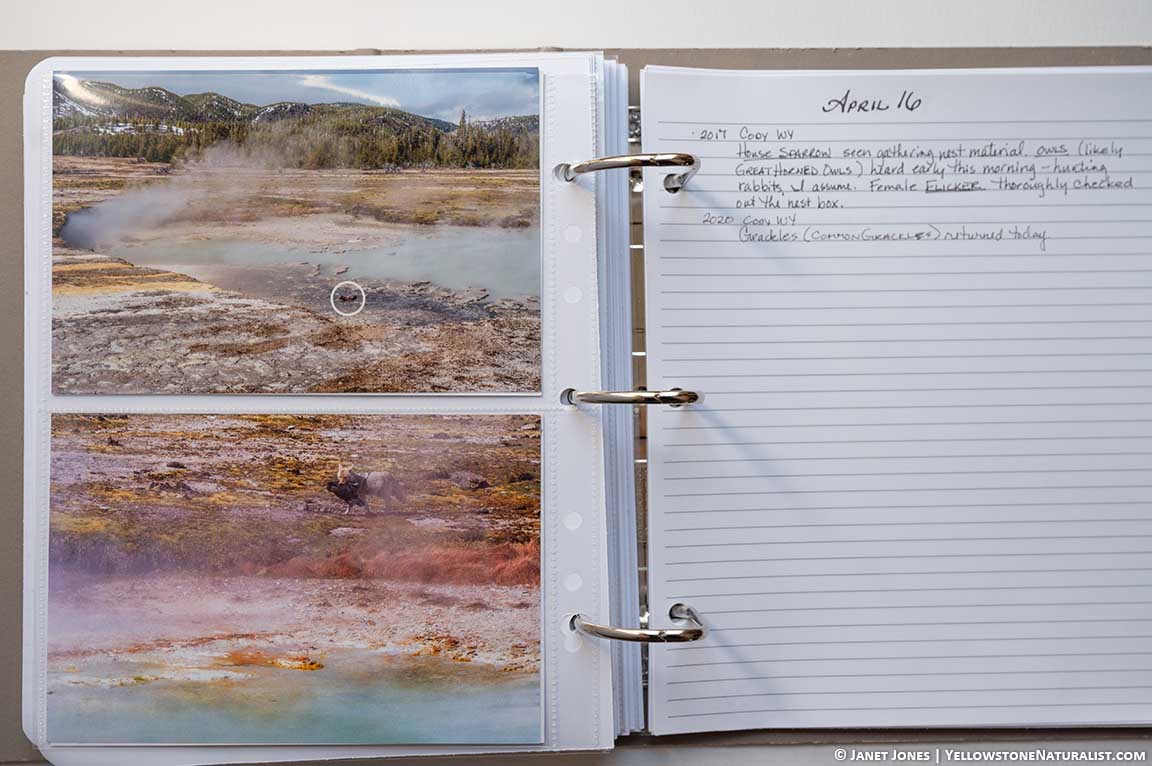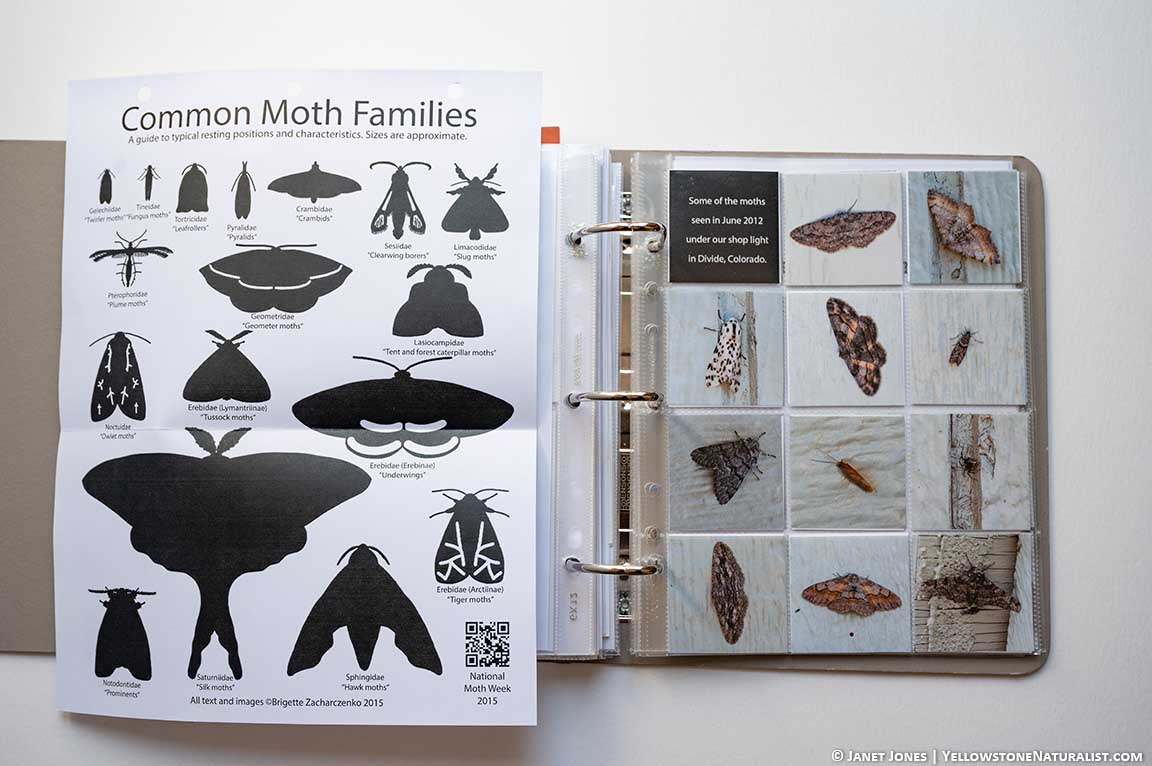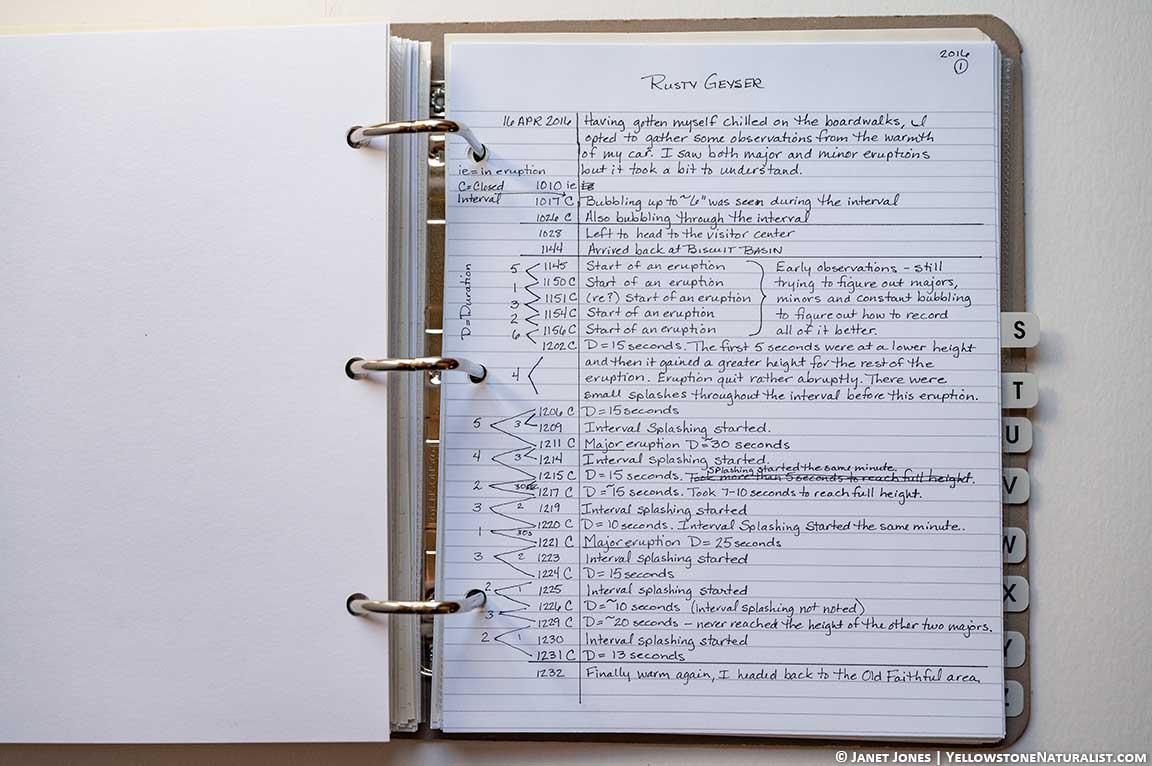Setting up a Nature Journal
If you’ve ever wanted to keep a nature journal, now is always the time to start. I’m sharing in this post about what’s working for me with my nature journals. If you’ve not set up a nature journal before, here’s an overview of my system for you.
Don’t fuss about getting the whole system in place; start with simple observations in a notebook or an app on your phone. When that grows, then think about taking it to the next step.
This post contains affiliate links. That means that if you follow a link and make a purchase, I receive a small portion of that purchase at no extra cost to you.
BASIC STRUCTURE
Rather than keeping a yearly journal for my nature journaling, I organize chronologically by date. There are 366 days currently spread between 3 binders. I started with one page per day, written at the top. This organization allows me to follow nature through the lens of phenology (the study of the seasons). This system lets me see what to look for next and to remember the delights from past outings.
I currently have three small binders labeled 1, 2, and 3. Volume 1 houses January-April entries. Volume 2 holds May-August, and Volume 3 keeps notes for September-December. As the number of records grows, I can easily add new volumes to allow for expansion.
PHYSICAL SET UP
Binders work better than bound books or spiral notebooks for me merely because of the ability to add things where they belong. This year I will need to divide the entries up differently as the binder for the 2nd volume is full, and a fourth binder is necessary.
I use the same 6×8 size binder that I had custom made for myself years ago. The extras have been on sale in my Etsy Shop. If I run out, I will order more just because I love the size and naturally, the scrapbooking/memory keeping industry shifts sizes all the time. They’re chipboard binders so I can paint them all to match. If Martha Stewart stops producing Gray Wolf, I’ll get paint mixed up to match. To get the numbers on the spine, I use Thickers (thick stickers), stick them on, and paint over them as I paint the binder.
Currently, I’m using Ali Edwards’ 6×8 pocket page protectors, but as the scrapbooking industry changes sizes, I imagine I may eventually need to manufacture my own. For now, hers work with extra holes punched to match a standard 3-ring binder.
ADDING ENTRIES
When adding an observation, I’ll write down the year, the location, and a sentence or two. Often, that’s all that’s needed. However, if I want to add in more of the full story or photos, I’ll create that and add it in behind the page(s) for the date.
One of the joys of this is that you can never be behind and can go back to add in more extensive observations or stories as time allows.
To help keep this practice going, I keep it in front of me. I have a chest of drawers that holds much of my crafting supplies. The top of this chest is the home for my various journals. The nature journal sits open to the current date with a pen on top of it, ready to jot down a quick observation or report. Keeping it out where I can easily see it keeps me adding notes.
SPECIES ACCOUNTS
I also have binders for species accounts. These hold the information from the chronological system for individual species. The term “species” can be held loosely to include many things such as clouds, thermal features, or even notes on various people in your family. The species accounts are arranged alphabetically. Each binder is labeled S1, S2, etc. so this system can also expand as needed.
For example, if I want to find when Sandhill cranes arrive in this area, I go to the S tab and find the page for Sandhill Cranes. There I can see by year when they came.
- 2014: March 23
- 2015: March 10
- 2016: March 11
- 2017: March 14
- 2018: ??
- 2019: ??
- 2020: March 17
Also, in the species accounts, I’ll add in duplicate entries for the observations and more significant stories I add to the chronological version. Easy to print two. As I find tidbits of information on various species, I’ll often print that information out and add it there. This compilation of information makes the binders a helpful research library.
However, I’ve been a bit lax lately on using the species account binders. I need to sit down and physically sync things up—a good project for evenings.
IN CONCLUSION
I hope this post gives you a bit of inspiration on how to set up a nature journal system that will last you for a lifetime. Starting one with your family is a way to connect and find common ground in the love of nature. It also becomes a great reason to be outside more.
Be Outside • Take Notes
GET MORE NEWS AND ANNOUNCEMENTS
Sign up for the Yellowstone Naturalist Newsletter

